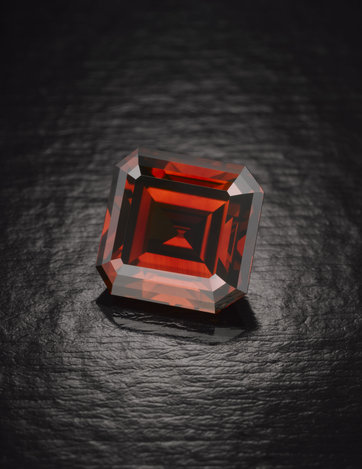
Like so many unusual stones, there's a somewhat unusual history to the stone related in the Times Magazine bit on it (also the source of the picture)
A

From the English perfume house of Penhaligon comes this amusing set of ads to go with their slogan "Merchants of attraction since 1870"
First a pair of men's cologne ads
 |  |
And a matching pair of ladies' perfume ads
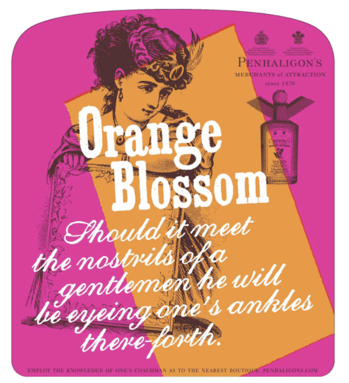 |  |
My compliments to the design crew at Dye Holloway Murray
(via)
A
Every other year the Syndicat National des Antiquaires, the french association of antique dealers sponsors a grand antique show in the Grand Palais in Paris, the Biennale des Antiquaires. This has become a place for 7 of the top french jewelry houses to show off their collections, both new and old, alongside 80 antique dealers.
From the antique side of the house:
| Faerber has a skull, carved of coral and set with diamond eyes, from approx 1700 | And a Paulding Farnham Orchid broach, retailed by Tiffany, from approx 1890, enamel over gold set with a single diamond. |
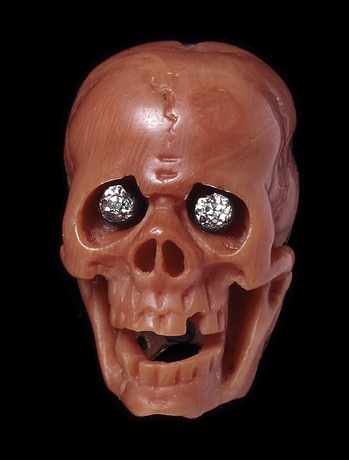 | 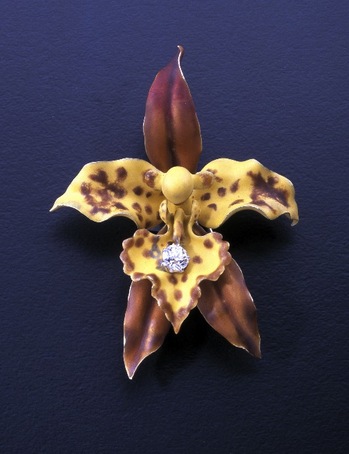 |
On the more modern side:
A pair from Cartier
(source)
A
Tiffany and Co has signed a deal with the Ellendale diamond mine in Australia to get first choice of their yellow stones. As a result, they've been creating a collection of jewelry based on the stones, and showing off the Tiffany Yellow, the largest cut yellow diamond in the world at 128ct set in the Bird in the Rock broach, by Jean Schlumberger.
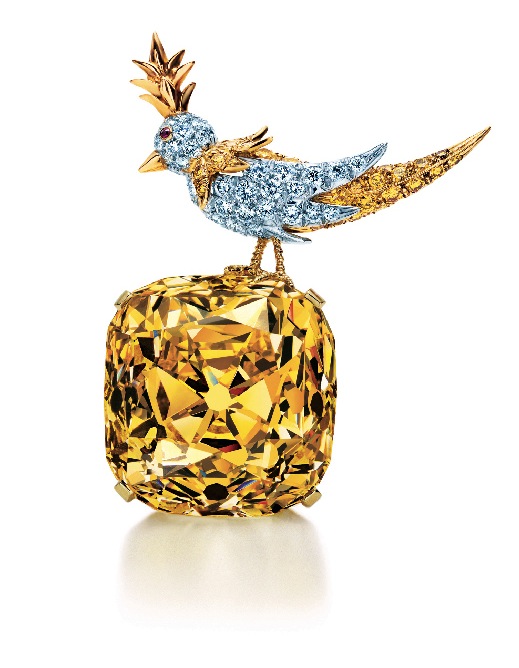
(source)
A
Denis Chan is a the designer behind the Chinese jewelry hose Qeelin. In the past he's given us vaguely Chinese designs (articulated pandas and lotus stems). This time as the first members of the concept collection C'C (Chan's Collectibles), he presents 5 different jeweled robot pendents in a collection limited to 38 pieces.
These are all done in 18k gold, of various colors, set with white and black diamonds and multicolored sapphires. The smaller pieces have articulated arms and legs.
NB: All the names below are mine Click on any picture for a larger version
And finally, a family portrait

(all pics from Paris Joaillerie)
A
The JLC cal. 101 has been the smallest mechanical movement since its introduction in 1929. Consisting of 98 parts (up from the original 88 due to added jewels and shock protection) it is 14mm x 4.8mm x 3.4mm thick and weighs, without crown, approx 1 gram. It was created at a time when small and thin was all the rage in watches and JLC needed an edge in the ladies market. The minimal dimensions required some unusual engineering, the escapement is on the far side of the balance from the mainspring and the crown is on the back to remove the need for a keyless works. 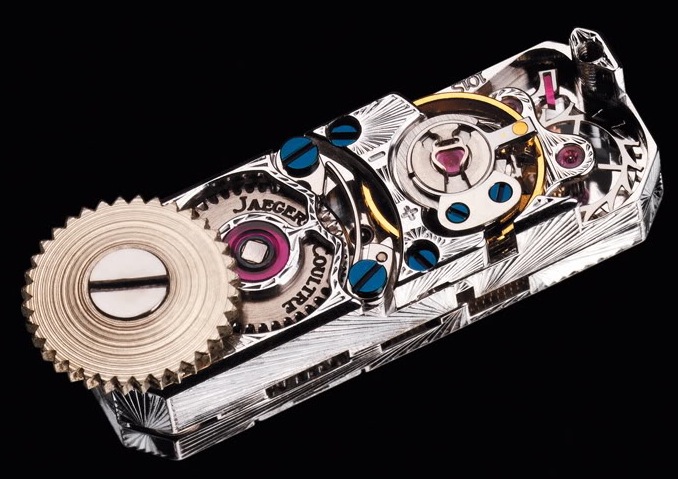
Although popular in its day, Queen Elizabeth II was wearing her third on the day or her coronation, that diminutive design doesn't fit with the current trends towards massive and complex, even in ladies watches. JLC, though, had the movement tooling in-house and as part of their leveraging of their heritage has started using it again. There are a few bejeweled pieces that make use of the diminutive size, but the Reverso Art Deco 101, there is also a plain Reverso Art Deco, is far and away the most interesting current use.
Available in both ladies and gents models, the 101 is mounted between 2 sapphire plates in the middle of the standard GT reverso case, with no obvious connection to any part of the case. The inside back of the reverso carrier is decorated with vaguely Art Deco marquetry in mother-of-pearl and, sadly, the ladies piece is set with approx 5ct of diamonds. As an interesting detail, there is a crown on the case, but it isn't connected to anything, since the 101 is wound from the back. The crown is useful for popping the reversing carriage out to flip it over and can even be removed and used to give a better grip on the back-wind crown.
and a closeup of the dial of the ladies model (ref. 3003431), the distortion near the movement is from the curve of the sapphire to hold the movement in place.

The gents model is a bit more restrained, retaining the MOP internal bezel, but dropping the case diamonds
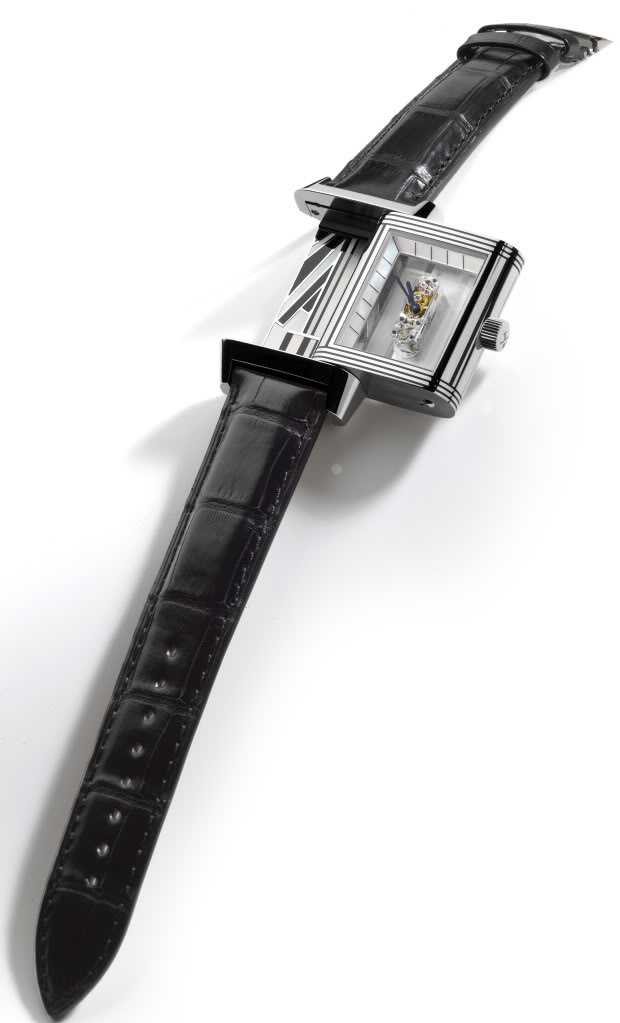
and again a dial closeup showing the slightly different pattern in the MOP
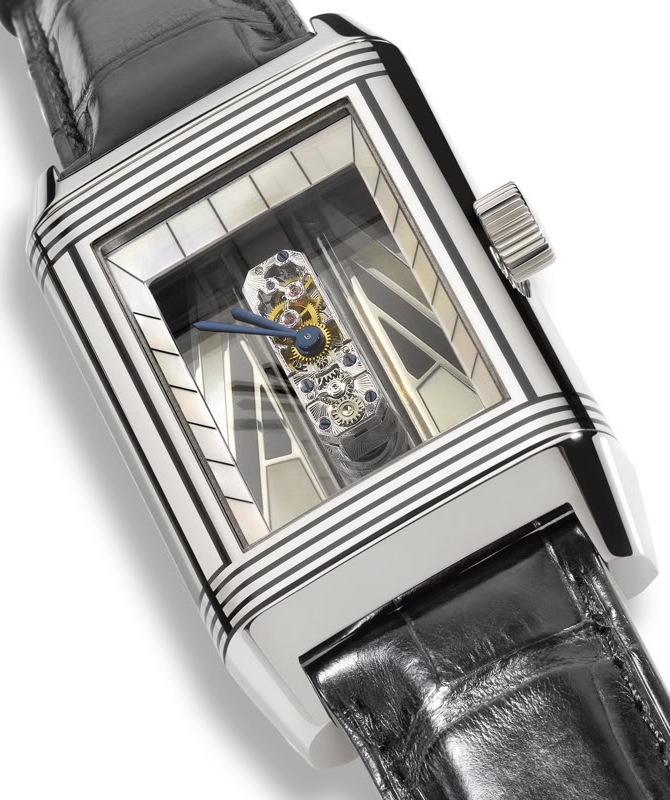
(all pictures from JLC via TimeZone)
A
From the EXIF Tag:
An old bridge across the Fujiang river bridge is demolished in the southwest municipality of Chongqing on January 5, 2009. The 762 meter-long bridge was opened to traffic in 1971, and was demolished to make way for bigger ships to pass through Fujiang river. CHINA OUT GETTY OUT
(Photo: STR/AFP/Getty Images) (via)
A
Tyldesley, Joyce. Judgement of the Pharaoh. London: Weidenfeld & Nicolson. 2000.
This book presents the fragmentary information that remains on justice and the court system in ancient Egypt. She starts with an explanation of the concept of Maat, order, that pervaded the Pharonic system and probably caused many sorts of legal problems to not get recorded. Although the 1st C historian Diodorus Siculus reports that the Egyptian courts had 8 scrolls that listed the laws of the land, no trace of these has been found. We are therefore only able to glean what was reported by the government in many cases, and this is skewed to preserve Maat at all costs. There is then an explanation of the role of the Vizier and the various officers, those with both judicial and police responsibilities. The punishment system, both physical torture and monetary penalties are discussed, as well as the use of forced labor as payment.
The last third of the book focuses on more specific cases, several recorded incidents of Regicide, attempted or successful, the endemic problem of tomb robbery and smaller cases from the tomb-building town of Deir el-Medina. She can find no evidence for the often claimed murder of Tutankhamen, though surveys the evidence frequently given. Some discussion is given to rape and other sex-crimes, but as those were frequently handled as civil affairs, not criminal, they appear to have been dealt with outside the court system.
The book provides a fairly good overview of the fragmentary status of Egyptian judicial documentation, and a good introduction to the cultural elements that shaped it. Some of the text, though only 10 years old, feels rather dated. One complaint would be a lack of more context around some of the textual sources and better explanation. Several sources are given in translation, but are quite elliptical and hard to follow. Others are only given in fragments, a couple of more complete texts in an appendix would have been helpful.
All in all, a good introduction to a somewhat obscure topic.
A
Or at least the MMORPG based on the most violent parts of the book of Genesis.
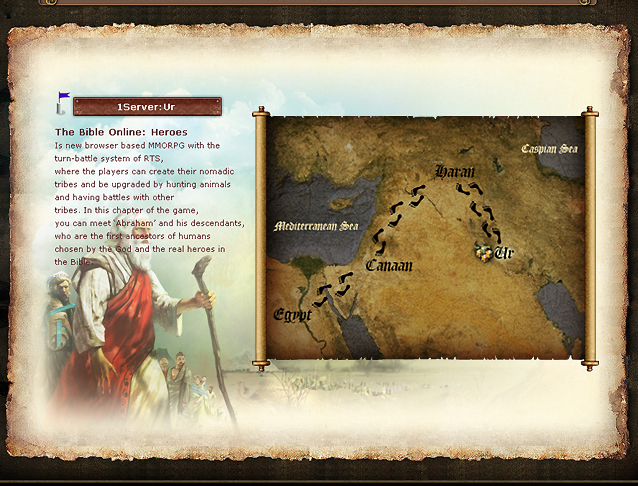
Join the Beta test to play right now!
A
Apparently this is permitted under DADT.

This shot of a rainbow of ice-crystals trailing an F-22 Raptor was caught by Bernardo Malfitano (source)
A
The Piaget Limelight collection (previously referenced) is one of the cores of their jewelry line, and has been in production for many years. Back at the end of 2008 they released several pieces under the marquee "Limelight Paris-New York", though the connection to the current pieces is tenuous at best.
The following pieces are all designated part of the Paris side of the collection. First a pair of Montres à Secret (hidden watches). The design for both seems to be based on a pattern of leaves, larger realistic leaves act as the doors covering the watch face with more abstract leaves around them.. The first one, entirely in white diamonds, is using the fashion industry as a thread to connect New York and Paris. It mimics the flow of a ribbon with the crossed leaves of the watch dial taking the place of a bow. The band manages to use the variable shape and size stones to excellent effect, bulging as the "ribbon" goes away from the dial and around the wrist.
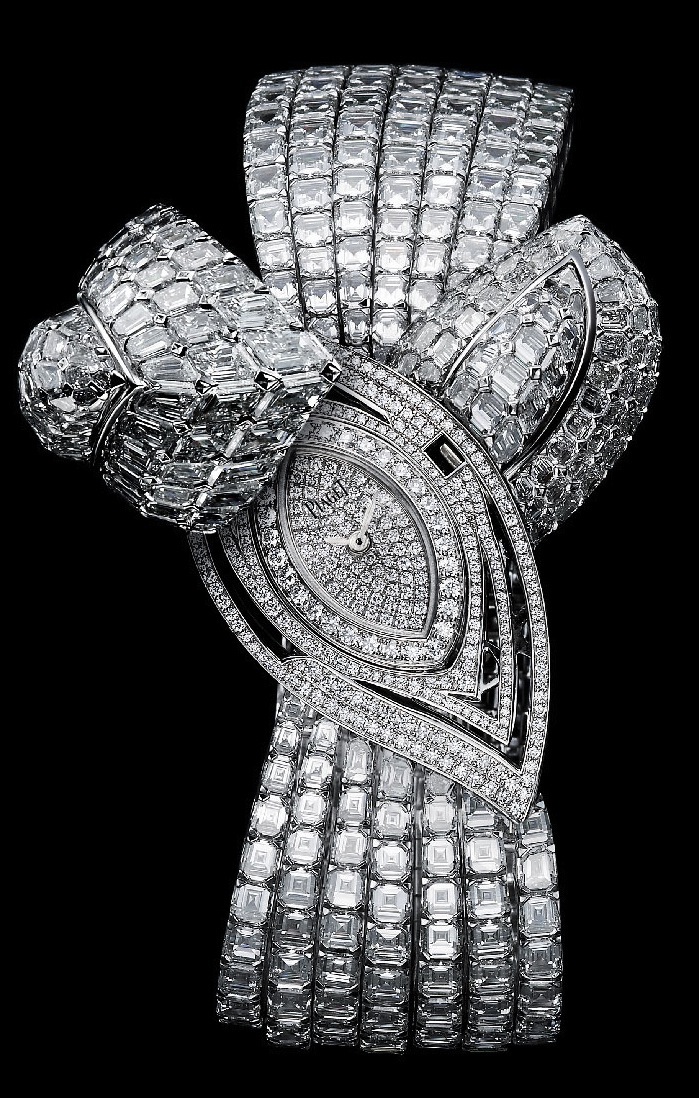
The second of the Montres à Secret is harder to place in the "Paris-New York" category, but impressive none the less. A double watch, it has a pair of leaves which each open independently to reveal a watch dial, one in white diamonds and one in yellow, each with a contrasting stripe on the main leaf. The bracelet consists of 5 rows of somewhat irregularly shaped and colored diamonds, perhaps to echo the cobbles of Paris?
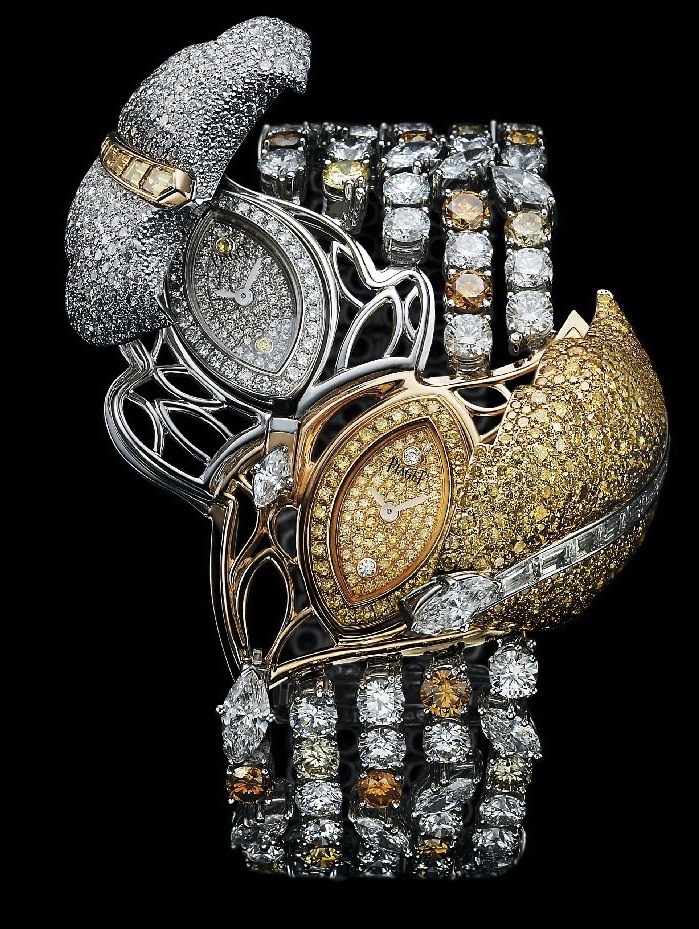
More easily connected to the themes of Paris and high fashion is the Corset-themed pieces of the collection. A cuff-style watch set with 1576 white diamonds, though quite massive, manages to leverage the lacing to remain somewhat delicate and build an unusual three-dimensionality.

On the wrist of a model it manages not to be overwhelming, though the presence of that gigantic ruby ring does provide some counterweight.

The stand-out piece of the collection is clearly the superb corset-themed necklace. From the front it resembles a choker, though with three diamond drops, nicely done, but by no means exceptional. The band of the choker echos the lacings of a corset.

from the back, however, the true nature of the piece become evident, with the "lacings" of the corset dropping down past the bottom of the shoulder-blades, ending with a large oval ruby. Plenty of jewelry companies have long necklaces ending with set stones, even with similar rubies, but dropping the piece down the back, and with a pattern so associated with the back, is quite unusual and sucessful.
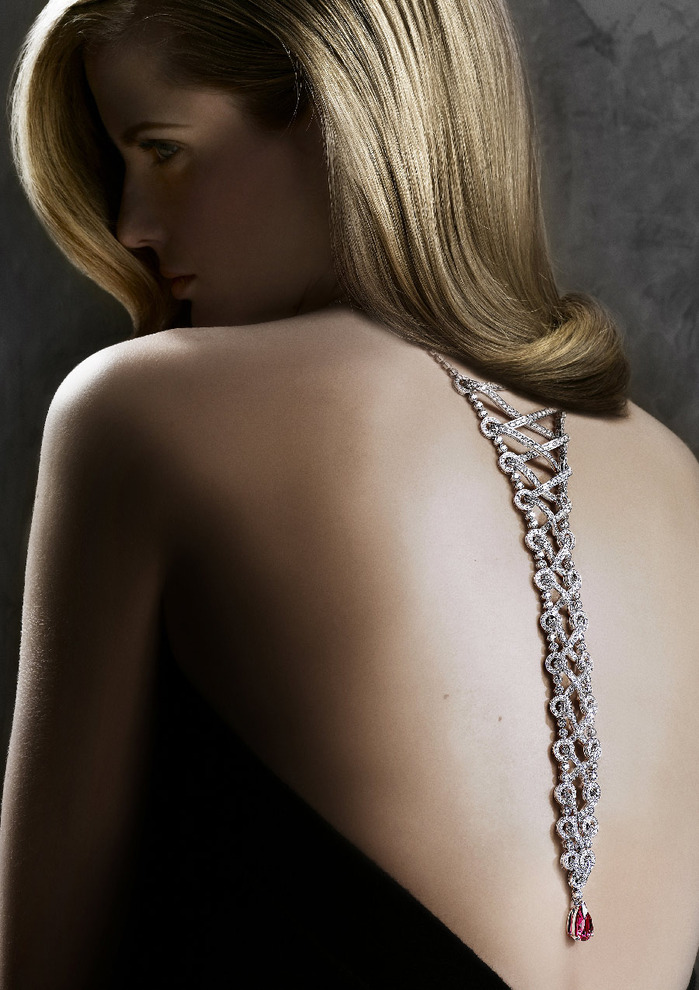
Pictures from Paris Joaillerie
A

For the second round of the Thunderdome: Last Man Standing illustration contest on ConceptArt.org, the theme was "Outbreak". Jason Chan created this charming image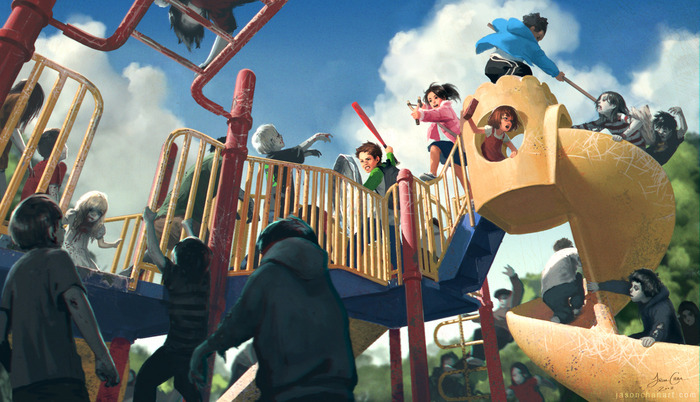
(Source)
A
